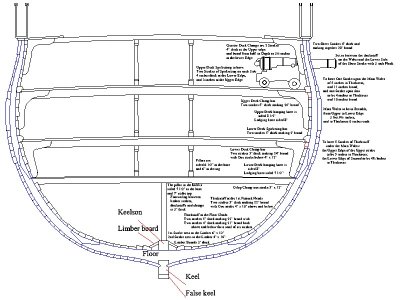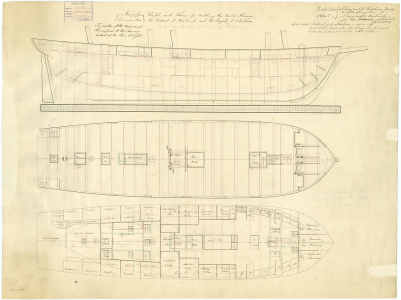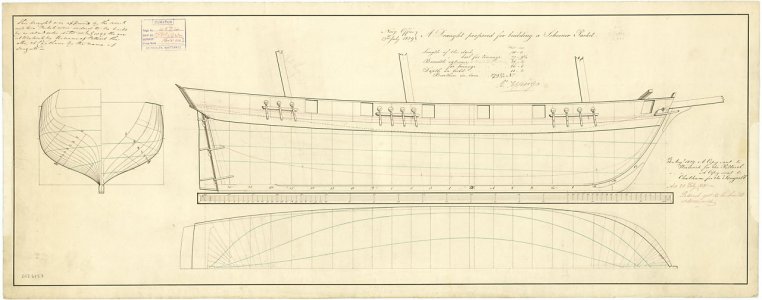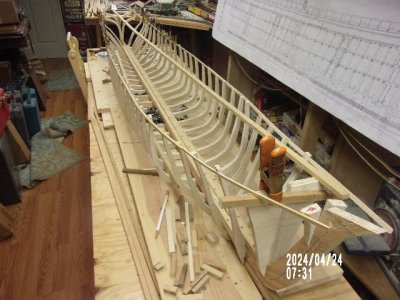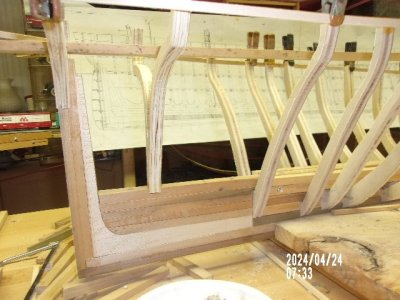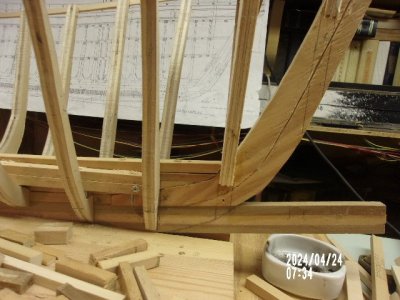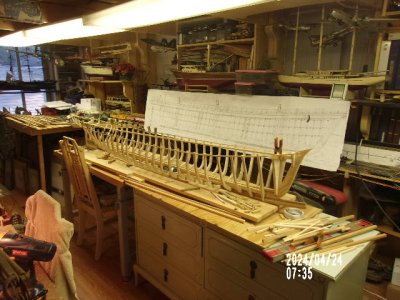Are plywood frames an alternative to totally fabricated and pinned frames?
Plywood is a poor candidate for frames. The edges of plywood, being laminations of alternating grain direction, are difficult to fair because they don't plane or, for that matter, sand, very well at all. Cutting full length frames from solid stock is also a poor practice because the curved shape of frames virtually guarantees grain runout which will result at some point along the length of the frame with grain running across the frame which creates a very weak spot that will almost certainly break. Moreover, due to the edge grain presented on the edges of plywood, it is a poor surface for gluing or trying to drive pins or trunnels into.
The practice that is seen when fully framed models are built which purport to replicate the actual construction details of a vessel by cutting futtocks and pinning them, while impressive in a "masterpiece" project that will take years to complete, is only necessary when one undertakes the challenges of such models. For fully planked models where the frames serve to define the shape of the hull, but not to depict the actual period construction practices, one useful solution is to laminate wide, but relatively short, strips of wood with the butts staggered, such that the grain of each strip is more or less parallel to the direction of the frame's length. This yields a "frame shaped" laminated piece out of which the actual frame shape can be sawn without grain crossing the narrow width of the frame. I have found clear birch wood (I think) tongue depressor sticks, which are about 3/4" X 1/16" X 6" and can be inexpensively purchased in bulk from most craft stores, work well for this purpose because the wood is correct for the purpose, as is the size. Tongue depressors can also easily be cut with a standard classroom paper cutter or a pair of large sharp shears... or sawn, at the required angles to form the frame shape, and then glued up with PVA and clamped with binder clips to set overnight. While these frame blanks are laminated, they don't have plywood's disadvantage of presenting edge grain at alternating laminations and can be sanded much like solid wood.
When purchasing tongue depressors, note that some are sold as "popsicle sticks," or "craft sticks," and others as "tongue depressors" and they come in a variety of sizes. I'm not certain, but I believe the tongue depressors are slightly thinner than the popsicle sticks and I'd advise getting the thinner ones because they are easier to cut. Don't worry about buying too many. If you do any amount of modeling, you'll find their hard "white" wood with no visible grain or tendency to splinter or "fuzz," is practically a "poor man's boxwood or holly" and useful for all sorts of modeling purposes.
See:
https://www.amazon.com/s?k=tongue+depressor+for+craft&adgrpid=1337008617574518&hvadid=83563313357721&hvbmt=be&hvdev=c&hvlocphy=88716&hvnetw=o&hvqmt=e&hvtargid=kwd-83564162493210:loc-190&hydadcr=4831_13229909&mcid=72b204a64dac39a09cd92fc707007c3e&msclkid=5bb074256d751189d5fc1cf99d165158&tag=mh0b-20&ref=pd_sl_u0b9kc6qs_e



